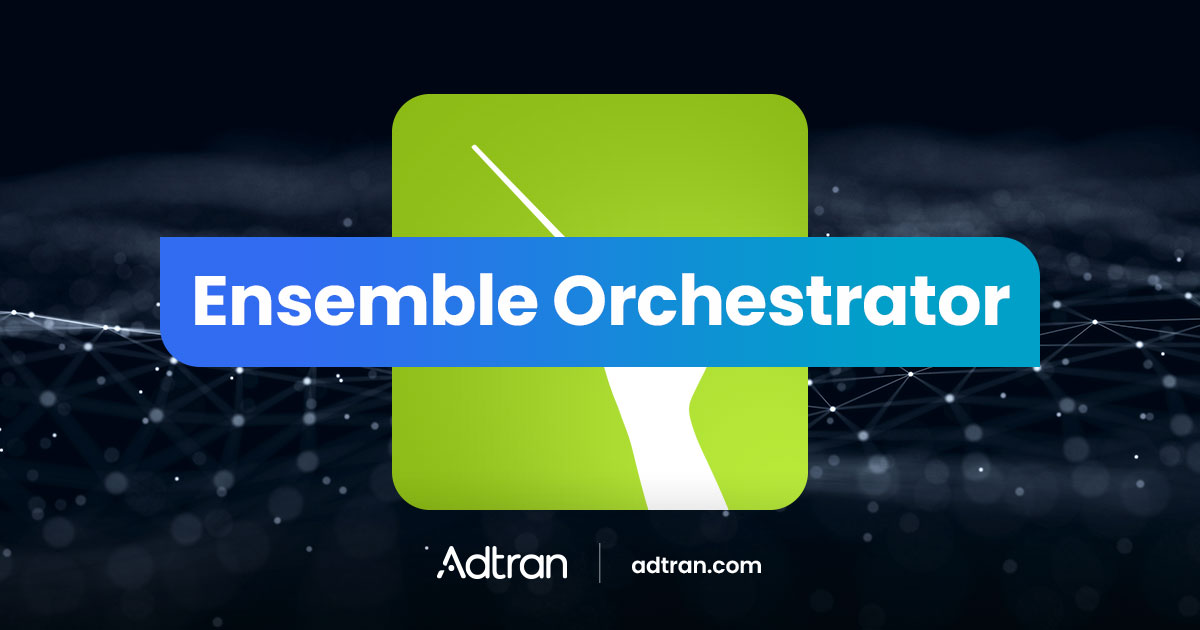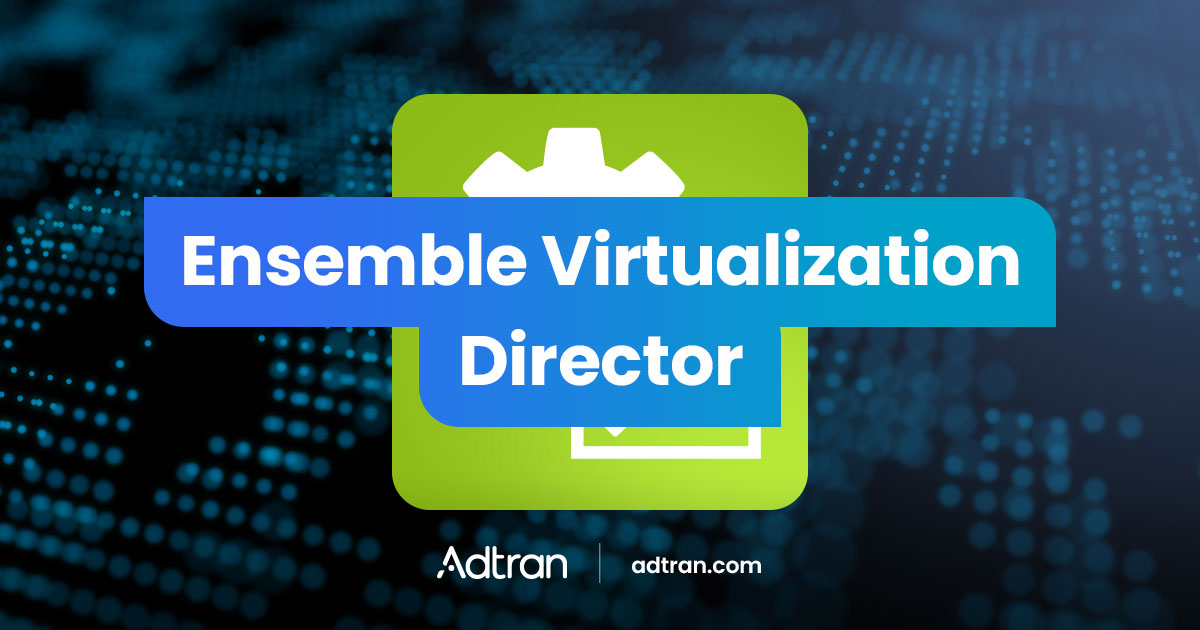What is NFV MANO?
The definition of NFV and MANO
First, NFV stands for network functions virtualization. NFV is built around replacing dedicated, closed and single-vendor networking appliances (routers, firewalls, etc.) with multi-vendor systems comprising software functions running on a standard hardware server. NFV relies on virtual resources such as virtual machines (VMs), storage and networking. NFV also requires the ability to control physical resources to implement a complete end-to-end service. That’s where MANO comes in. MANO stands for management and orchestration, and it was originally defined by the ETSI NFV ISG. Orchestration allocates and manages these resources using software packages such as OpenStack. And management is focused on the physical and service aspects of the virtualized solution. NFV MANO is essential for the deployment of NFV at scale.
Elements of NFV MANO
NFV MANO includes an NFV orchestrator (NFVO), one or more generic VNF managers (VNFM), one or more virtual infrastructure managers (VIM) and a physical network controller.

NFV MANO is essential for the deployment of NFV at scale.
Key functions of MANO
A full-featured MANO must include onboarding of third-party VNFs, management of virtual resources, creation of service chains and VNF lifecycle management.

Empowering NFV integration and service delivery
A comprehensive MANO is crucial for overseeing the integration of third-party VNFs into the NFV infrastructure, ensuring compatibility and effective administration. It also manages virtual resources such as virtual machines, storage and networking, optimizing the usage of physical hardware. The MANO also plays a pivotal role in creating service chains, which are sequences of VNFs that together deliver an end-to-end service, thereby ensuring the efficient and reliable provision of network services. Additionally, it handles the complete lifecycle of a VNF from onboarding to operation and eventual decommissioning. Having a robust MANO is essential for leveraging the benefits of virtualization, particularly for dynamic services deployed at scale, and prevents potential inefficiencies and complications that could offset the advantages of virtualization.
Service lifecycle management
NFV MANO must be able to handle the complete service lifecycle, from VNF onboarding, to service design, deployment, operation and maintenance.

Don’t forget the M in MANO
On the management side, achieving scalability requires simplified deployment and management of NFV infrastructure. MANO solutions must provide the ability to easily upgrade NFVI software, and to revert when required. They must also fit into standard networking and security models and ensure security across each layer. Finally, they need to separate design versus deployment tasks to reflect the realities of telco operation. For us in the Ensemble team, one of the significant benefits of having been at the MANO game longer than most is the lessons we’ve learned and applied to our MANO solution. As a result, our architecture and software provide a simple and risk-free path to the benefits of NFV.
Related products
 ;
;


